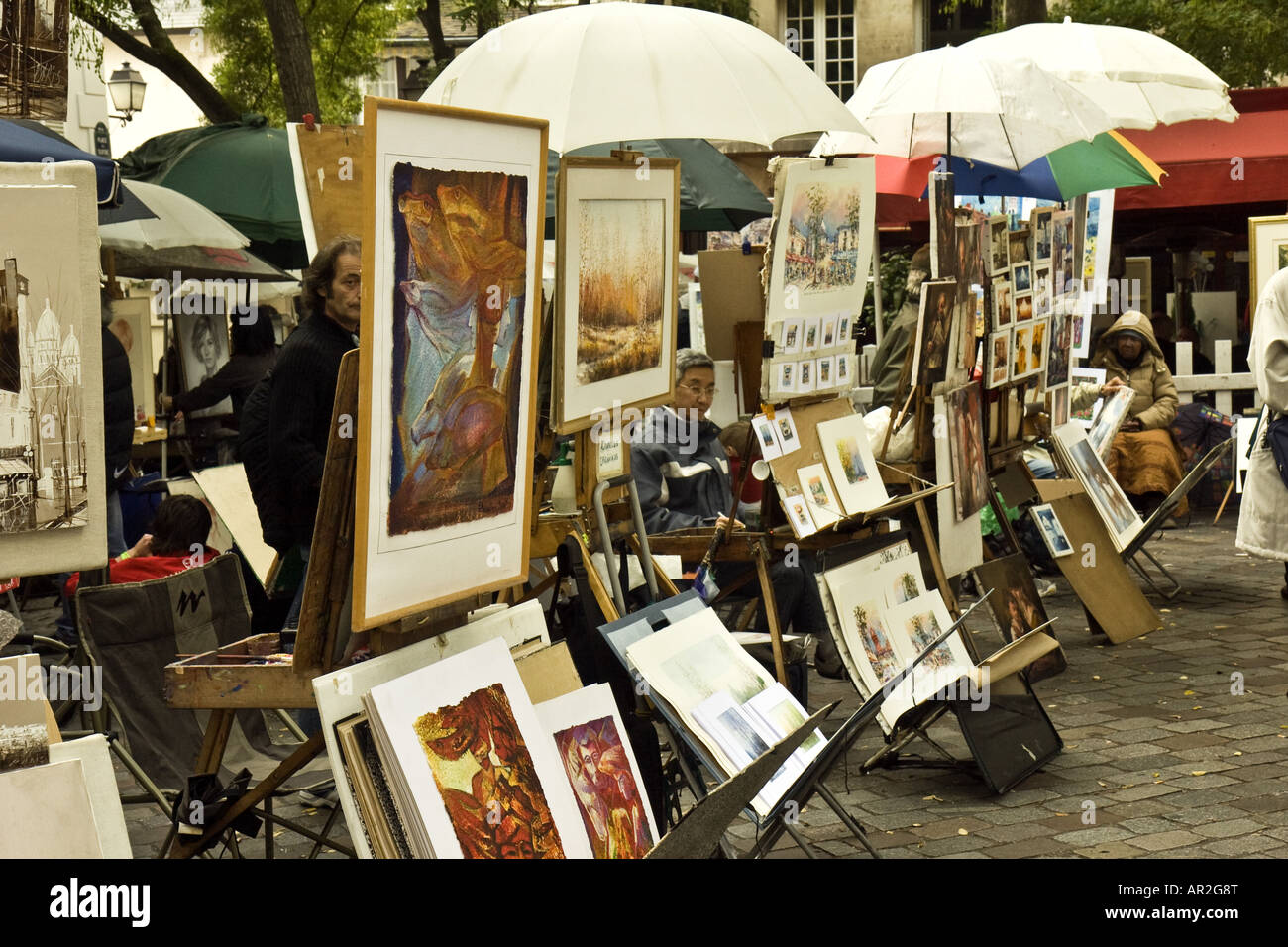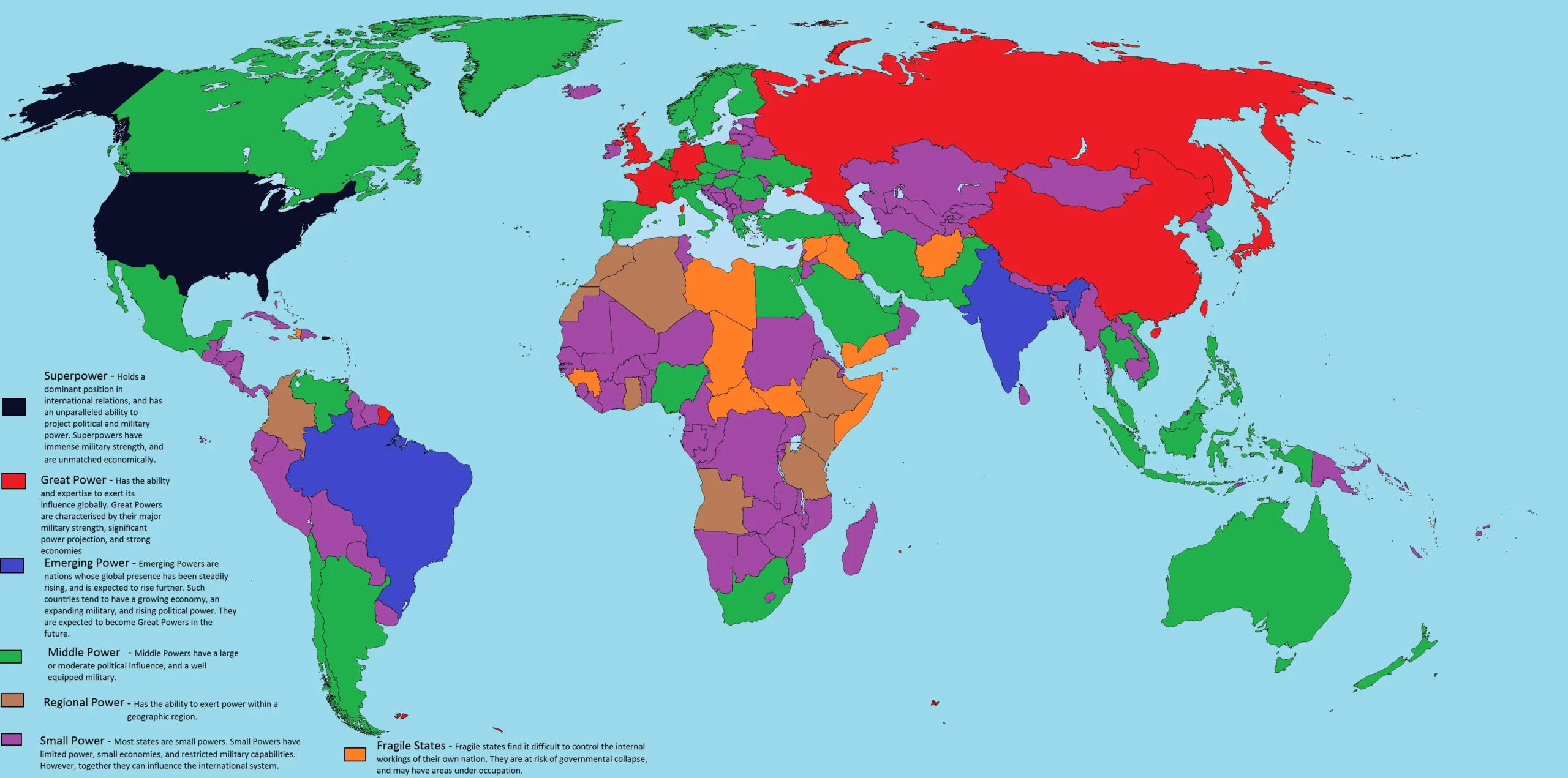Famous Painting artist from Paris
Paris: The Birthplace of Iconic Painting Artists
Painting artist has long been the heart of the art world. The city has produced some of the most iconic painting artists in history, and its rich cultural environment continues to inspire creativity. Over the centuries, Paris has become a magnet for artists, offering not only a vibrant atmosphere but also a historical backdrop that shaped the development of modern art.

Painting artist from Paris: The Artistic Hub
In the 19th and early 20th centuries, the painting artist from Paris emerged as a center for artistic movements. The city’s artistic community flourished, fueled by its salons, galleries, and cafés. Paris was home to artists from across the globe, creating a melting pot of ideas and styles. These artists exchanged visions and nurtured each other’s work. The city’s unique blend of modern life, history, and culture played a crucial role in shaping many revolutionary art movements.
During the 19th century, Paris became the birthplace of several major art movements. Among them, Impressionism stands out as one of the most revolutionary.
The Rise of Impressionism
The Impressionist movement fundamentally changed the way art was viewed. Painters like Claude Monet, Pierre-Auguste Renoir, and Édouard Manet began to break away from traditional academic styles. Instead of depicting highly detailed, realistic scenes, they focused on capturing fleeting moments and the effects of light. Monet’s famous “Water Lilies” series, for instance, showcases his signature ability to capture light and reflection in nature.
In 1874, a group of artists, including Monet, exhibited their work outside the official Salon in what came to be known as the First Impressionist Exhibition. At first, the exhibition was heavily criticized. However, it was a turning point in the art world. The public began to appreciate the new approach to color and light, which ultimately led to the acceptance of Impressionism as a legitimate art form.
Post-Impressionism and Innovation
As Impressionism grew, new ideas continued to emerge. Artists like Vincent van Gogh and Paul Cézanne led the Post-Impressionist movement, which further pushed the boundaries of artistic expression. Van Gogh’s bold brushstrokes and vibrant colors revolutionized the way artists approached emotional expression in their work. His paintings, like “The Starry Night,” became symbols of the emotional intensity he sought to capture.
Cézanne, who was also active in Paris, focused on structure and form. His use of geometric shapes to represent the human figure and natural landscapes had a significant influence on modern art. His work paved the way for the development of Cubism and inspired artists such as Pablo Picasso.
The Influence of Modernism
By the early 20th century, painting artist from Paris was a global center for Modernist art. It attracted artists from all over Europe and beyond. Pablo Picasso, perhaps the most famous of them all, moved to Paris in 1904. It was in Paris that Picasso began developing his groundbreaking style, Cubism. This movement broke away from traditional perspectives and representations. Picasso’s painting “Les Demoiselles d’Avignon” (1907) became a defining moment in the evolution of modern art.
Alongside Picasso, Henri Matisse became one of the key figures in the development of modern French painting. Matisse’s use of bold, flat colors and simplified forms formed the basis of the Fauvist movement. His works, such as “The Dance,” expressed strong emotional responses through vibrant colors, challenging conventional ideas of representation and beauty.
Paris also saw the birth of Dadaism, led by artists like Marcel Duchamp, who questioned the very concept of art. Duchamp’s famous piece, “Fountain” (1917), challenged the idea that art had to be beautiful or even traditional. His work paved the way for Conceptual Art, a movement that flourished in later years.
Painting artist from Paris: The Eternal Art Capital
Paris has continued to nurture creativity into the 21st century. The city is home to world-renowned museums like the Louvre, the Centre Pompidou, and the Musée d’Orsay, which showcase both classical and contemporary art. These institutions preserve Paris’s artistic legacy while offering a platform for modern artists to showcase their work.
Moreover, the Montmartre district remains a symbol of Paris’s artistic past. In the late 19th and early 20th centuries, it was the home to many iconic artists, including Picasso, Amedeo Modigliani, and Henri Toulouse-Lautrec. The cafés and studios of Montmartre were vital spaces for artistic exchange and development.
Today, Paris still attracts artists from around the world. Many are drawn to the city’s rich history and its reputation for nurturing artistic talent. Moreover, Parisian art schools like the École des Beaux-Arts continue to produce influential artists who push the boundaries of art. The global art market remains focused on Paris, ensuring the city’s place as a major player in the international art scene.
Conclusion
Paris has been a central figure in the history of painting, from the revolutionary Impressionist movement to the rise of Cubism and Modernism. The city’s influence on the art world cannot be overstated. Over the years, it has nurtured artists who challenged conventions and changed the course of art history. Today, Paris continues to be a place where new artistic ideas are born and celebrated. Whether through the streets of Montmartre or the galleries of the Louvre, Paris remains the eternal heart of the art world.











